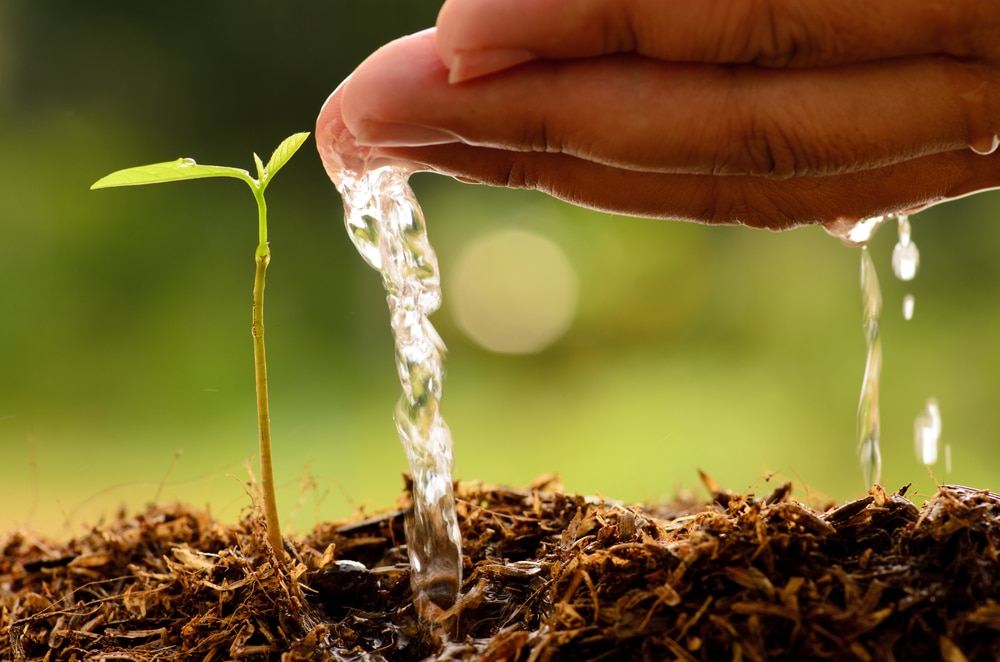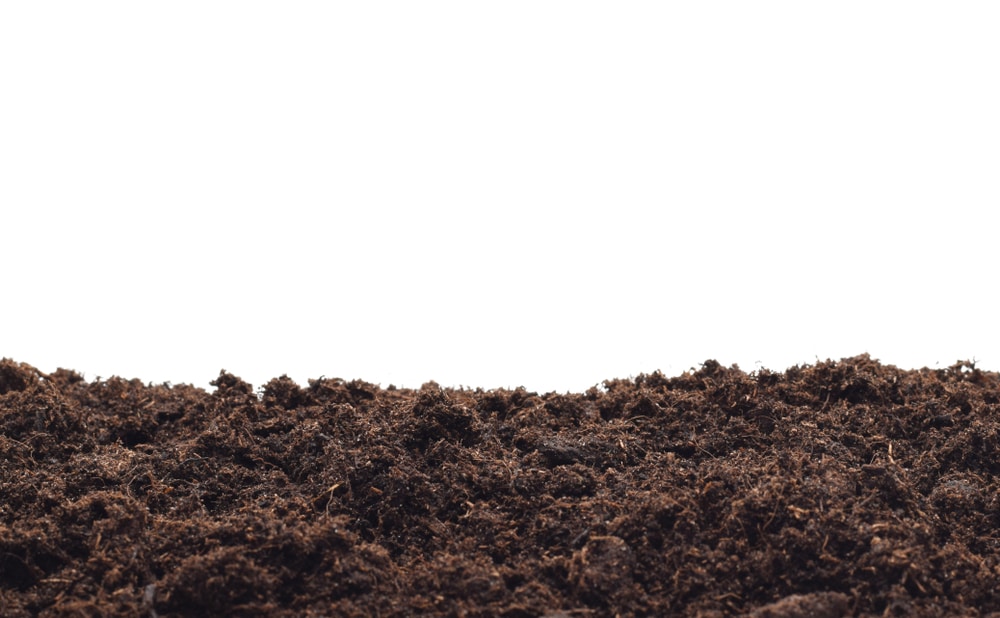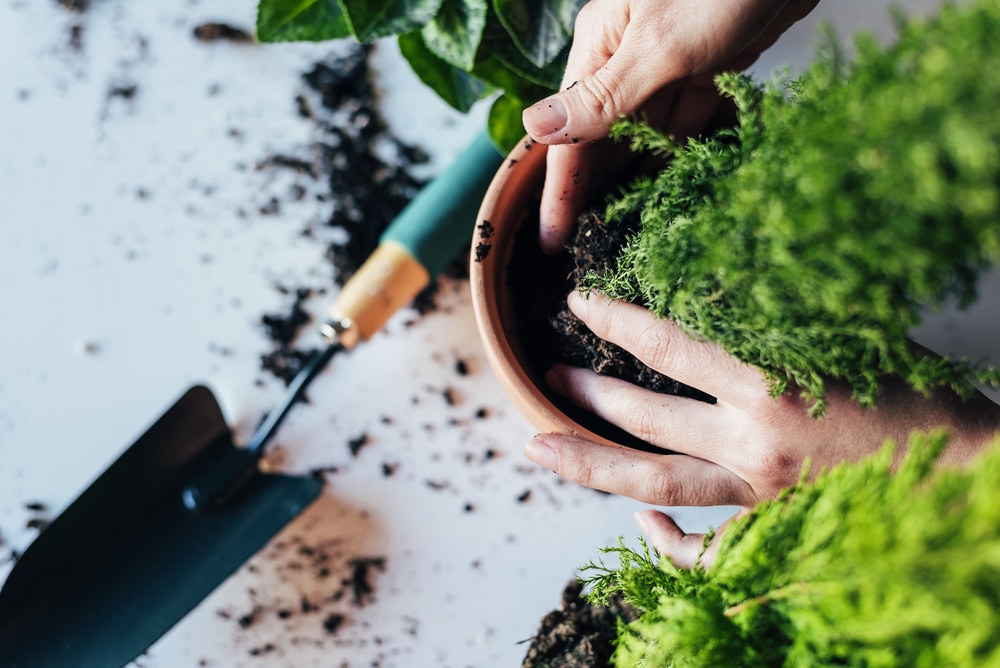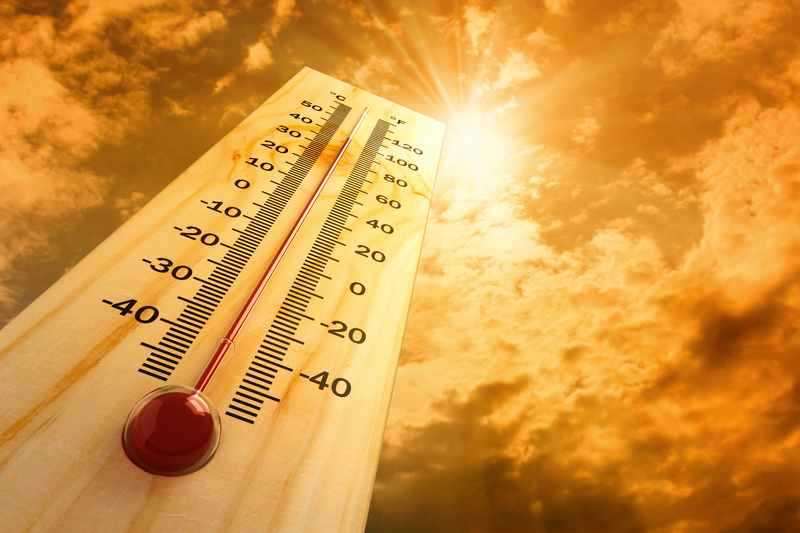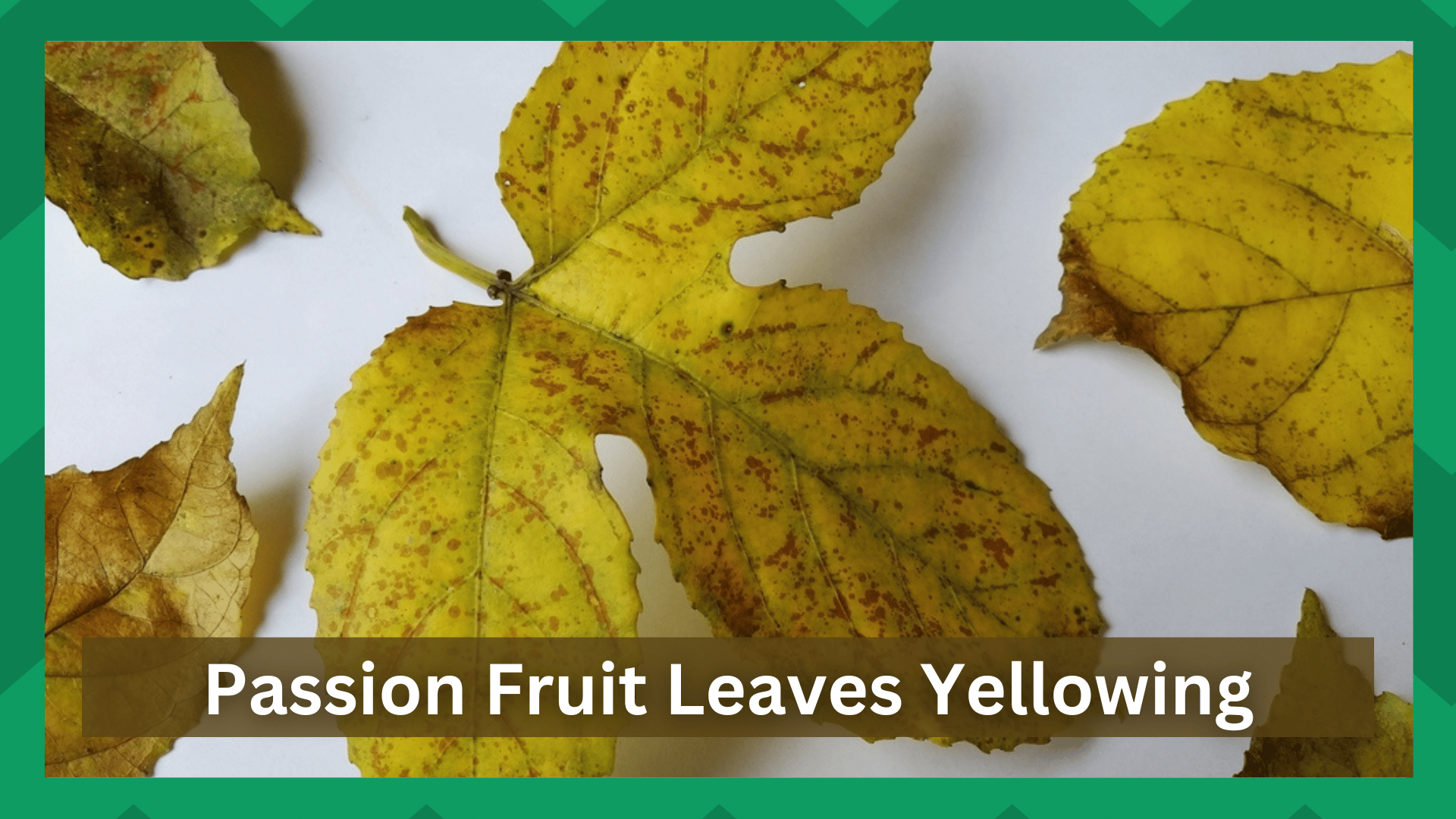
The moisture content in the soil is one of the determinants when it comes to managing the growth of your passion fruit plant.
Ignoring this basic need can lead to a ton of errors and you will not be able to get a reasonable response from the plant when stuck in these errors.
So, you will have to go about addressing the issues with the moisture and making sure that the drainage is proper. Overwatering the system or using soil that will retain too much water will only be damaging to the plant.
For that reason, you’ll have to go about fixing the situation.
This is why experts always recommend users practice the use of composting mixture to refine the consistency of their potting soil.
That way, it becomes easier to keep up with the watering demands of the plant, and you won’t have to worry about a thing in the long run.
Recently many users have asked about Passion fruit leaves yellowing. If you’re also struggling with a similar issue where the leaves of your passion fruit plant are falling off, then you should try these solutions.
Passion Fruit Leaves Yellowing
- Use Fertilizer
Most commonly, this issue with the plant leaves can be traced back to a nutritional deficiency in the soil. So, if you’re someone who doesn’t practice the use of fertilizer in the soil, then it might be a good time to add some water-soluble options to the mixture.
Depending upon the nutritional deficiency of the soil, you need to either rely on nitrogen or sulfur-based fertilizers, and it should restore the health of your plant.
So, make sure to involve the professionals working at the gardening store for the best results.
If you’re not sure about the nutritional deficiency, then it is a good idea to have the mixture sample checked by an expert.
That way, you will get better insights into what type of fertilizer will perfectly match the nutritional requirements of your plant. Hopefully, the plant will recover within a week of adding fertilizer to the soil.
- Manage Water Supply
Now, passion fruit is one of those plants that thrive on a generous amount of moisture in the soil. So, if the plant leaves are wilting and you’re sure that the soil’s nutritional content is adequate, you should check the moisture content.
In this situation, you will just need to dig down on the top two inches of soil with your bare hands and judge the moisture content.
If the soil is wet and a few drops of water come out of your palm when you try to press the soil, then there is nothing to worry about here.
However, if the soil crumbs up and is completely dry, you need to increase the watering frequency. Otherwise, your plant will end up dying, and you won’t get anywhere with the revival process.
- Avoid Overwatering
Now, that you have a bit of perspective on how to manage the water supply, you need to avoid one of the more common issues here that relate to overwatering the plant.
It is one of the most common reasons that can be linked with this issue, and you have to go about avoiding this situation.
The best thing that you can do here is to check the top few inches of the soil. If there is excessive moisture in the soil, then you’re probably overwatering the plant.
There are no quick fixes to this situation, and you will have to limit the water supply to these plants.
Otherwise, you will only be complicating the situation and won’t be able to find a fix. So, be sure to go about addressing these errors accordingly, and limit the issue by reducing the water supply.
Depending upon the local conditions, the watering frequency can vary by a great deal. So, there is no one-stop solution to this situation, and you need to try out different routines and check the response from the plant.
Similarly, it won’t be that bad of an idea to get help from a local expert or a neighbor with similar plants. These experts bring years of professional knowledge to the table and will be more than happy to guide you.
So, there is no point in worrying about a fix on your own when you can get help right away.
- Check Soil Mixture
This is the next thing that you need to check. When working with passionfruit, you have to make sure that the soil is of good quality and doesn’t hold onto too much water.
Most of the owners prefer to purchase a good mixture from the market while others develop the mixture themselves.
If you’ve also developed a mixture or used old soil, then that is likely why you’re running into these errors.
The only reasonable thing that you can do here is to check up on the mixture one more time and see if the water is allowed to pass through the drainage holes.
If you see no water through the drainage holes after generously watering the plants, then you will have to change the soil mixture. It can be a bit of a hard task, and we suggest that you hire an expert for this job.
Otherwise, you might kill the plant and it will not come back after the shock.
Even if you use fertilizer or a decent amount of composting mixture, managing the replanting shock can be a hard job. So, if you don’t have the right experience for it, we suggest that you get help from a professional.
Otherwise, it will lead to the same outcome with the plant dying out on you.
- It Might Be Infected
If you’re positive that the above-mentioned situations don’t apply to you, then you might just be dealing with an infected plant. There might be a virus that is impacting the plant and it will curl up and die in a few weeks.
This is one of the more complicated situations and the only reasonable thing that you can do is to prune out the damaged part and rely on proper nutrition and thermotherapy to get rid of the virus.
However, you still have a 50-50 chance of addressing the issue.
There is a good chance that the plant will end up dying out on you. So, you can also cut your losses right here and get rid of this infected plant. Don’t add it to the composting bin or any other bin, and dispose of it according to your local guidelines.
From there, you have to make sure that the new plant is potted in a fresh pot with new soil.
The infection is mostly related to the overuse of the same soil and pot. So, if you’re not properly cleaning the pots before adding in new plants, then that might be the origin of this issue.
Hopefully, you will be able to narrow down the situation at this point, and won’t have to struggle as much with the same error. Just make sure to also check up on the temperature side of things to further limit the situation.
- Manage Temperature
Extreme weather conditions can also contribute a great deal to the yellowing of passion fruit leaves. So, if you live somewhere cold, try to manage the temperature around the passion fruit plant, and it will have a positive impact on its overall performance.
All you’re trying to do is cover the base with a thick layer of mulch, and that should be enough to keep your plant safe.
This protective layer will help shield the base of the plant from harsher conditions, and it will have more survival chances in the next cycle. Hopefully, you won’t have to worry about the same thing again.
Wrapping Up
Can’t seem to figure out how to fix the situation with the passion fruit leaves yellowing? We’ve listed some fixes that will help you speed through this situation. Most of the time, the issue is only related to the water supply to the plant.
Either you’re watering the plant too much or too little, and you need to put more focus on managing the water supply.
This small change will help you a lot when it comes to limiting the issue, and you have to make sure that the water going into the soil matches the plant’s requirements.
From there, you can go about addressing issues with nutrient deficiency by using a bit of fertilizer and making sure that the temperature is optimal.
These few pointers will help you get through the majority of issues, and you will not have to bother as much with the error.
Lastly, you can just call it a day and hire an expert for this job. Getting help from an expert is always better as you will be able to avoid a ton of hassle that comes with managing the soil mixture and the water supply.
This expert will be able to narrow down the exact issues and then guide you accordingly.



